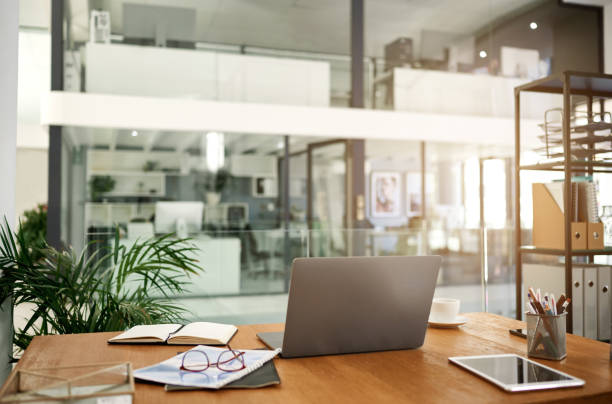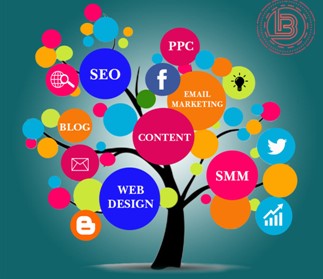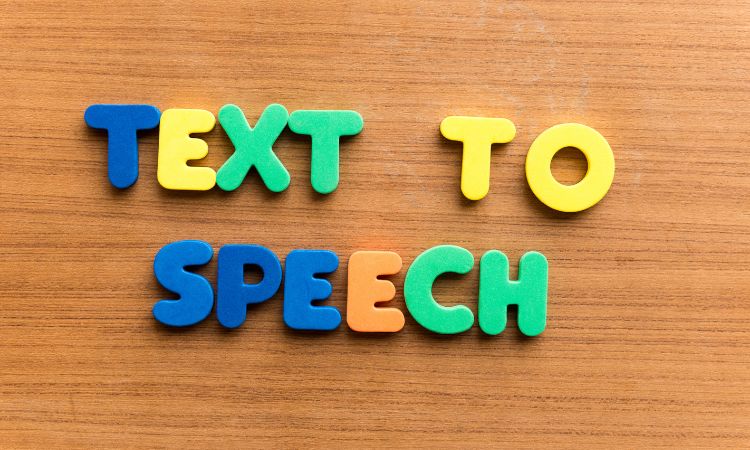In today's digital age, having a strong online presence is crucial for businesses to succeed.…

Revolutionizing Workspaces: The Evolution of Modern Office Table
Introduction to Modern Office Table
In the fast-paced world of business, the modern office space has undergone a significant transformation. One of the most pivotal elements in this evolution is the modern office table. No longer just a piece of furniture to place a computer on, these tables have become central to fostering collaboration, enhancing productivity, and reflecting contemporary design trends. In this article, we will explore the various facets of modern office tables, from their functional features to their impact on work culture.
Functionality and Ergonomics
The functionality of modern office tables goes beyond providing a surface for work. With the rise of remote work and flexible office environments, the design of these tables has become more ergonomic to support different work styles. Height-adjustable desks, for example, allow employees to switch between sitting and standing positions, promoting better posture and reducing the risks associated with prolonged sitting.
Incorporating technology into the workspace is another key aspect of modern office tables. Many come equipped with built-in charging ports, cable management systems, and even integrated smart features. These technological advancements not only simplify the workspace but also contribute to a clutter-free and organized environment.
Collaboration Spaces
Gone are the days of isolated cubicles and rigid workstations. Modern office table design to facilitate collaboration and teamwork. Open-concept tables with a shared workspace encourage communication and idea-sharing among employees. Some tables even incorporate writable surfaces, turning them into interactive spaces for brainstorming sessions and impromptu meetings.
Moreover, the modular nature of these tables allows for easy reconfiguration of the workspace. Teams can quickly adapt the layout to suit their specific needs, whether it’s a collaborative project or individual focused work. This adaptability is crucial in a dynamic work environment where tasks and projects may change frequently.
Aesthetics and Design
Beyond functionality, modern office tables are a reflection of contemporary design trends. Sleek, minimalist designs are prevalent, creating a clean and sophisticated look in the workplace. Materials like glass, metal, and sustainable woods are commonly used, not only for their aesthetic appeal but also for their durability and environmental consciousness.
Customization is another key feature of modern office tables. Companies are increasingly recognizing the importance of personalizing workspaces to enhance employee satisfaction and engagement. Employees may have the option to choose from a variety of finishes, colors, and accessories to create a workspace that aligns with their preferences and work style.
Wellness and Productivity
The design of modern office tables also takes into consideration the well-being of employees. Many tables are crafted with materials that prioritize sustainability and are free from harmful chemicals. Additionally, the emphasis on ergonomics contributes to the physical well-being of workers by reducing the risk of musculoskeletal issues.
Studies have shown that a well-designed and comfortable workspace can have a positive impact on productivity. Modern office tables, with their focus on functionality and user comfort, play a crucial role in creating an environment that fosters creativity, collaboration, and overall job satisfaction.
Remote Work Considerations
The rise of remote work has further propelled the evolution of modern office tables. With more employees working from home or in flexible arrangements, there is a growing demand for portable and versatile furniture. Foldable, lightweight tables that can be easily moved and stored are becoming popular choices for those who need to create a temporary workspace in different locations.
Furthermore, the integration of technology in modern office tables aligns with the needs of remote workers. Video conferencing capabilities, wireless connectivity, and seamless integration with personal devices contribute to a smooth and efficient remote work experience.
The Future of Modern Office Tables
As technology continues to advance, and work cultures evolve, the future of modern office tables looks promising. Virtual and augmented reality may play a role in transforming the way we interact with our workspaces. Imagine a virtual collaboration space where team members from different parts of the world can meet around a digital table to work on projects in real-time.
The emphasis on sustainability is likely to increase, with more companies opting for eco-friendly materials and manufacturing processes. Additionally, the integration of artificial intelligence in office furniture may lead to smart table that can adapt to individual preferences, anticipate the needs of users, and contribute to a more efficient and personalized work experience.
Conclusion
In conclusion, the modern office table is more than just a piece of furniture; it is a dynamic and integral component of the contemporary workplace. Its evolution reflects the changing nature of work, from traditional office settings to flexible and collaborative environments. With a focus on functionality, design, and employee well-being, modern office tables are instrumental in creating workspaces that inspire creativity, enhance productivity, and adapt to the diverse needs of today’s workforce. As we continue to embrace new technologies and ways of working, the future of modern office tables holds exciting possibilities for the ever-evolving world of business.




This Post Has 0 Comments